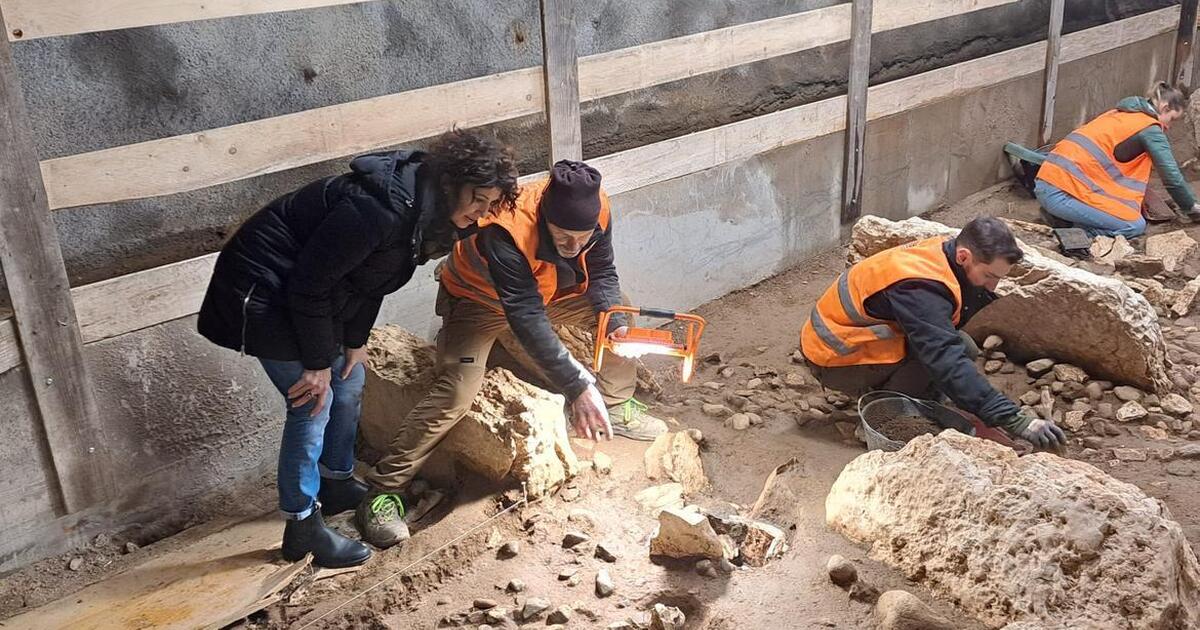
Recently, Italian archaeologists made a significant discovery of a “monumental necropolis,” believed to represent an elite group from thousands of years ago, as announced by provincial officials this month.
This ancient cemetery, located in Trento, a northern Alpine city, contains at least 200 individual tombs, which experts suggest date back to the early Iron Age—an era prior to Roman influence, ranging from the 9th to 6th centuries B.C.E. This finding offers fresh insights into the historical narrative of the region. The necropolis was unearthed during restoration and development activities on a historic site, an initiative led by Trento’s archaeological heritage office, according to a news release from the city’s provincial council that heralded this “exceptional” discovery.
The expansive graveyard appears to have been preserved by prehistoric flooding from nearby rivers, which effectively sealed the sediment, keeping the burial site remarkably intact over millennia. Excavators found graves that included “grave goods”—items commonly buried with the deceased as a form of tribute—alongside cremated remains situated approximately 8 meters (around 24 feet) underground.
Francesca Gerosa, Trento’s vice president and culture councilor, remarked that the necropolis “reveals a new narrative of the city” in her statement. She emphasized that this find provides a deeper understanding of Trento’s heritage, portraying it as more than just “a Roman city.”
“We recognize the significance of dedicated research and the preservation of our cultural heritage… and we strive diligently to uncover this overlooked aspect of history,” she stated.
The intricate design of the necropolis particularly captivated archaeologists studying the site. Tall limestone markers were set vertically to denote individual graves, functioning much like headstones, each linked to a lithic box that served as the actual tomb. Notably, researchers identified one prominent grave, which was covered by an earthen mound, amidst a greater concentration of burials in the vicinity.
Inside the boxes, excavators discovered earth and charred bones, although they were not always found in the standard ossuary vases characteristic of Roman practices for cremated remains. Additionally, some tombs revealed remnants of fibers, likely from textiles that once enveloped the ashes of the deceased.
The accompanying “grave goods” comprised decorative items, metal weaponry, and artifacts crafted from amber and glass, suggesting that those who established the Trento necropolis had cultural connections to other Italic groups of that era. Franco Marzatico, the excavation leader, proposed that these early inhabitants may have played a role in the subsequent emergence of the Etruscan civilization, which later flourished in the Alps.
“We now have the opportunity to acknowledge the elite members of a society that evidently thrived in the Trento basin,” Marzatico stated, highlighting how these burial customs reflect notions of power, privilege, and social status.










